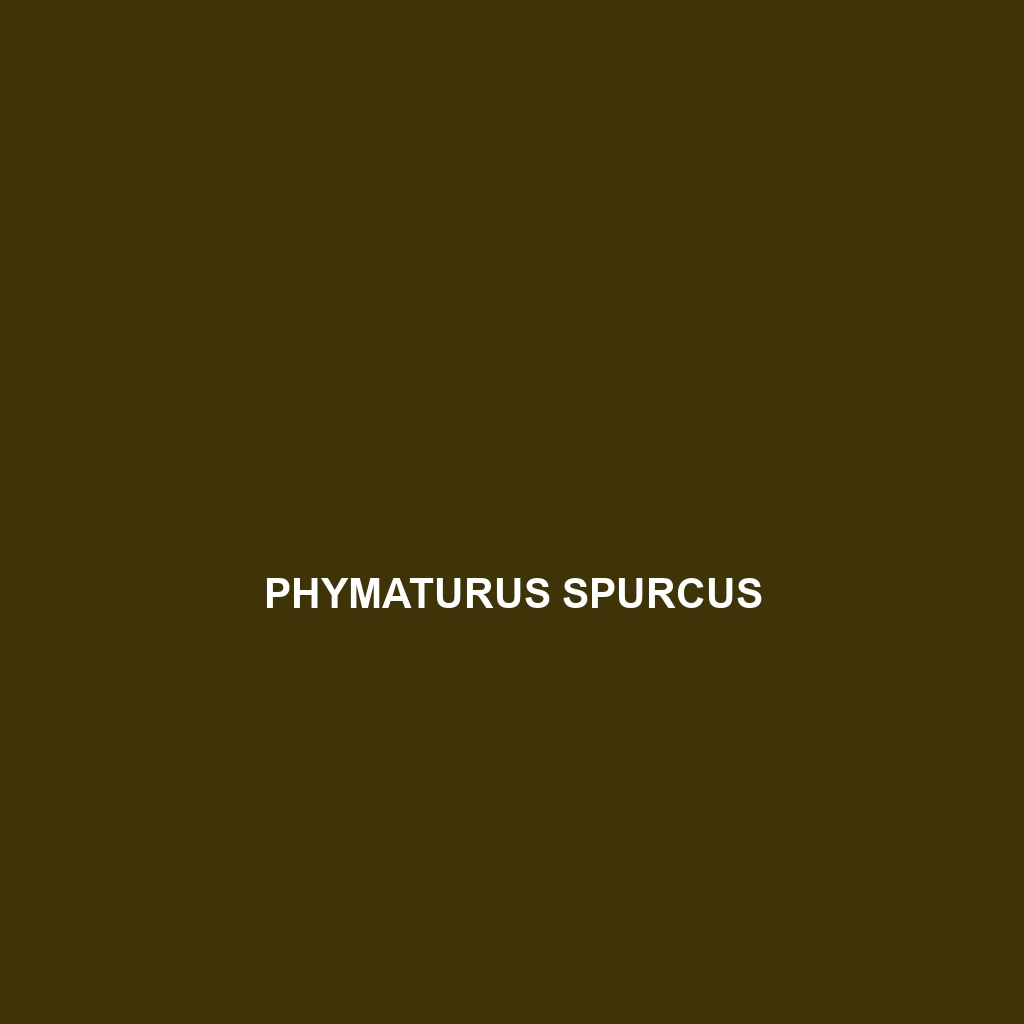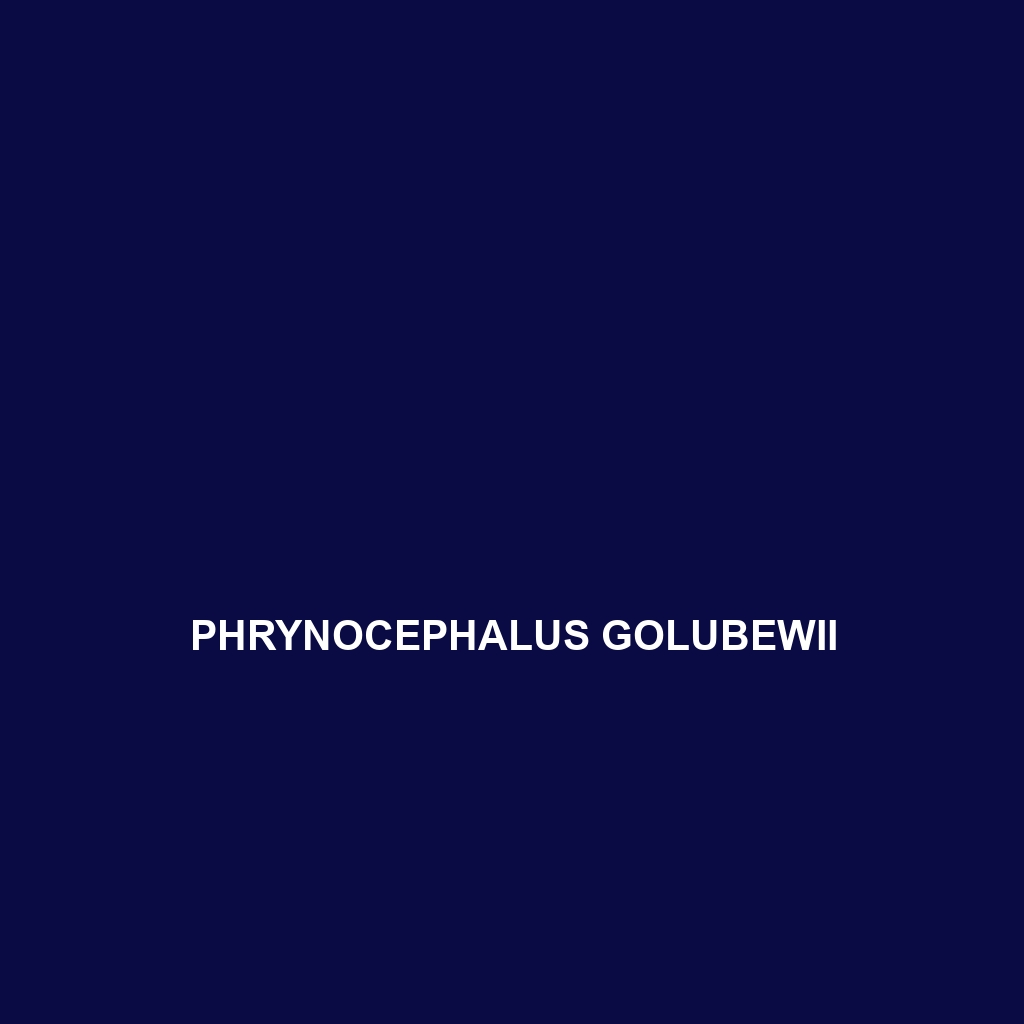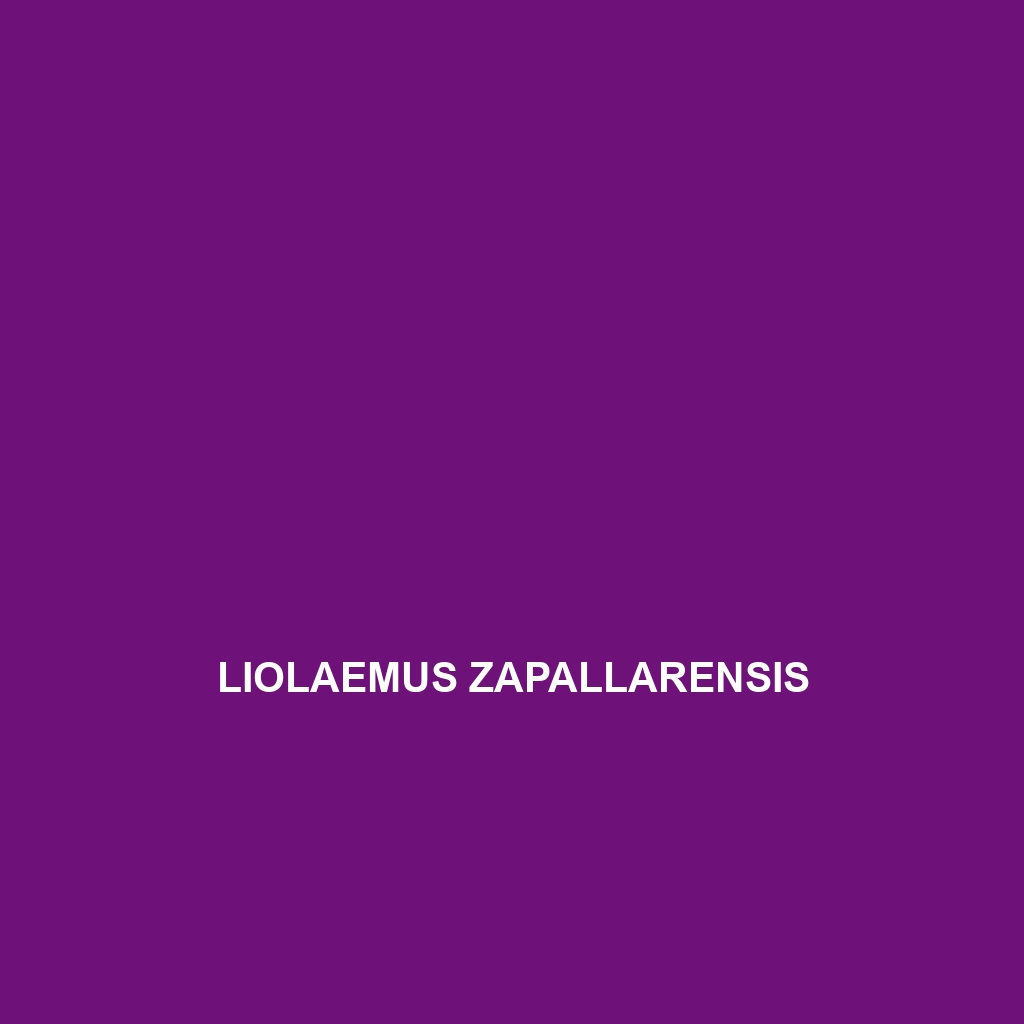<p><b>Phymaturus williamsi</b> is a distinctive lizard species native to the temperate forests and rocky habitats of Argentina, reaching lengths of 20-30 cm, with a robust body and striking coloration for camouflage. Primarily insectivorous, this vulnerable lizard plays a vital role in its ecosystem by controlling insect populations and supporting biodiversity.</p>
Tag: diurnal lizard species
Phymaturus somuncurensis
Introducing the Phymaturus somuncurensis, also known as the Somuncurá lizard, a resilient species native to the rocky outcrops of Argentina's Patagonia region. This 6 to 9 inch lizard boasts a robust body, camouflaging colors, and a distinctive dewlap, making it an intriguing addition to any collection, while its primarily insectivorous diet and unique breeding behaviors underscore its adaptability to diverse habitats.
Phymaturus fiambala
Discover the Phymaturus fiambala, a unique lizard from Argentina's Fiambalá Valley, known for its robust body, distinctive gray to brown coloration, and diurnal behavior. This omnivorous species thrives in rocky habitats and plays a crucial role in its ecosystem, contributing to seed dispersal and pest regulation while currently facing vulnerabilities due to habitat destruction.
Phrynocephalus golubewii
Introducing the Phrynocephalus golubewii, or Golubew's toad-headed agama, a captivating lizard native to the arid regions of Central Asia, known for its distinctive sandy beige to light brown coloration and remarkable adaptations for survival in harsh desert environments. This insectivorous species showcases a fascinating blend of unique physical traits and behaviors, making it a vital part of its ecosystem.
Pedioplanis serodioi
Discover the fascinating <b>Pedioplanis serodioi</b>, a medium-sized lizard native to the arid grasslands and savannas of Southern Africa, characterized by its striking coloration, diurnal behavior, and unique burrowing habits. This insectivorous species plays a vital role in its ecosystem by controlling insect populations and serving as prey for larger animals.
Oligosoma ornatum
Discover the ornate skink, <b>Oligosoma ornatum</b>, a vibrant, medium-sized lizard native to New Zealand, thriving in diverse habitats like forests and coastal areas. Renowned for its striking coloration, social behavior, and unique reproductive traits, this insectivorous species plays a vital role in maintaining ecosystem balance.
Mesoscincus managuae
<p><b>Mesoscincus managuae</b>, commonly found in the humid rainforests of Nicaragua, is a diurnal, insectivorous skink reaching lengths of 15 to 20 cm. With its distinct coloration and agile movements, this species plays a vital role in controlling insect populations and serves as an indicator of healthy ecosystems.</p>
Loxopholis percarinatum
Discover the vibrant Loxopholis percarinatum, a slender lizard native to the tropical and subtropical regions of South America, known for its remarkable color variation and adaptability. This insectivore thrives in diverse habitats, playing a crucial role in controlling insect populations while exhibiting unique basking behaviors and territorial displays during mating seasons.
Liolaemus zapallarensis
Discover the vibrant Liolaemus zapallarensis, a unique lizard native to the rocky coastal regions of central Chile, featuring distinctive coloration that varies from brown to vibrant green or blue during mating season. These resilient insectivores thrive in semi-arid habitats, playing a vital role in their ecosystem by regulating insect populations while acting as both predator and prey.
Liolaemus stolzmanni
Discover the fascinating Liolaemus stolzmanni, a moderately sized lizard native to the rocky montane regions of Argentina and Chile, known for its unique coloration and adaptability to varying climates. This insectivorous species exhibits complex social behaviors, plays a vital role in its ecosystem, and has a reproductive strategy of live births, making it a captivating subject for ecological studies.









